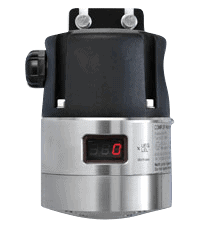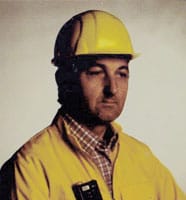We wrote history – not only in gas detection
| The future
…might the first settlers on mars find an old fashioned space camera, that has been hidden in the dust, since 1971? They will wonder how this antiquity can carry the same brand name as the air quality control of their space ship: Compur… |
|
|
| In the very near future
The Statox 560 gives you the ultimate safety in gas detection: It self tests itself with the target gas in programmable intervals. |
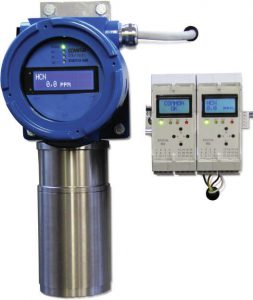 |
|
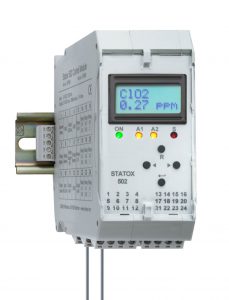 |
2018
The new Statox 503 control module can handle all kinds of gas detectors and other front ends. Instrument specialists love this allrounder which complies with SIL 2 standard. |
|
| 2011
The new Phosgene Indicator Badge MEDIC, developped to the latest knowledge of industrial hygiene, conquers the market |
 |
|
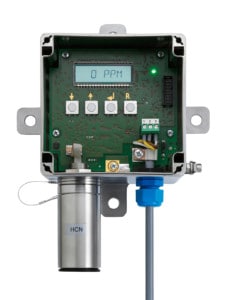 |
2010
Toxic gas detector Statox 505 sets the standard for modern gas detection technology. It is one of the first gas detection systems that complies with Sil 2 standard. |
|
|
|
2004
Statox 501 IR comes to the market. This gas detector sets the benchmark in terms of reliablity and ruggedness. |
|
| 1999
Statox 501 is introduced to the market. It was a success story right from the start . One of the first systems not requiring a rack, it reduced the system price of a gas detection system significantly, and thus got the sympathy of the users. The memory of the control module holds enough programs to operate a variety of sensor heads with different sensor technologies. The future started here! |
 |
|
| 1994
After one year being a daughter company of Hartmann and Braun, Compur Monitors GmbH was founded, a company focussed on gas detection for your safety. |
||
| 1984
Six years later Compur becomes a daughter company of Bayer AG. The department Compur Monitors specialises in gas detection and process analysers. Many product families, fixed and portable, come to the market. If in an Australien goldmines or in a waist water station in Bavaria: All over the world people trust in the safety of Compur products. |
 |
|
|
|
1978
Since 1978, the Compur Monitors R & D department has developed sensors and instruments for the detection of toxic and combustible gases. The basic design of these sensors goes back to the engineering department of Bayer. This part of the long Compur tradition is the root from which Compur Monitors has emerged. After having become a fully owned subsidiary of Bayer AG in 1986 the now privately owned company “Compur Monitors GmbH & Co KG” was finally founded in 1994. |
|
|
1976 1976 beteiligt sich die Bayer AG zu 50 % an dem Unternehmen und steuert zahlreiche Ideen aus ihrer Ingenieurabteilung bei. Schnell entstehen weitere Produkte: Ein elektronisches Ampullenprüfgerät und zahlreiche Messgeräte für die medizinische Diagnostik sowie Miniphotometer für die Abwasserüberwachung (siehe Bild). Gleichzeitig wird der erste elektronische Anrufbeantworter, das Alibiphon, entwickelt. Die Firma heißt jetzt folgerichtig Compur Electronic. |
||
|
|
1971
In 1971 a device called “picture watching machine” was developed. It worked similar to the now well-known video. As a consequence, Carl Zeiss bought the company. During this time Compur made optical analysers for medical applications, a testing machine for ampoules, and the first answering machines. When the shutter business finally ceased, a joint venture with Bayer AG started. |
|
| 1951
In 1951 the Compur camera shutter was further improved. It could now be synchronized to trigger a flashlight.. |
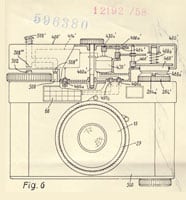 |
|
| Beginn des zweiten Weltkrieges
Der Schwerpunkt verschiebt sich auf Präzisionsmessgeräte und Dieseleinspritzpumpen für die im Entstehen begriffene Automobilindustrie. Die Anzahl der Mitarbeiter steigt bis zu Beginn des zweiten Weltkrieges auf 2.200. Während des Krieges muss die Fertigung auf kriegswichtige Güter umgestellt werden. |
||
|
Erster Weltkrieg Der Compur erfordert eine Fertigungspräzision, die mit marktüblichen Maschinen nicht erzielt werden kann. So beginnt Deckel mit dem Bau von Werkzeug- und Graviermaschinen. Zunächst für den Eigenbedarf. Nach dem ersten Weltkrieg werden als erstes gerade diese Maschinen auf der Leipziger Messe angeboten. Der Krieg hat den Markt für Kameraverschlüsse zum Erliegen gebracht. die Menschen haben andere Sorgen als Bilder zu machen. |
||
| 1911
In 1911, a clock was added to this shutter, called “Compur shutter”, a design which is nowadays still used in the famous Hasselblad cameras. The name “Compur” is a combination of the words “Compound” for the central shutter and the German word “Uhr” for clock. This expression was used, as the shutter could now stay open for an adjustable time: it worked with the precision of a clock. This technology was state-of-the-art until the 70´s when film material with a higher tolerance to light exposure variations came onto the market. |
||
| Turn of the century
The weak point of these cameras was the shutter, as there was no possibility to adjust the exposure time. Therefore it was impossible to take snap-shots. The photographic results were more or less accidental depending on the duration of the manual opening of the box – despite the fact that the light sensitive material itself was already good enough to take good pictures. Consequently in 1902 Deckel developed the first mechanic central shutter, called the “Compound” shutter. This shutter opened and closed the light access rapidly driven by a spring. |
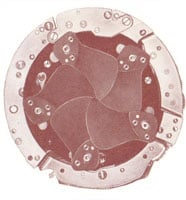 |
|
|
|
1898
Compur Monitors GmbH & Co. KG In the very beginning Deckel had to accept any odd job just to survive, but his real ambition had always been to develop and manufacture his own products. The opening of his shop in downtown Munich coincided with the beginning popularity of amateur photography. The first “travelling cameras” came onto the market – simple boxes made of polished wood. In these boxes a coated glass plate was exposed to light focussed by a lens. |

